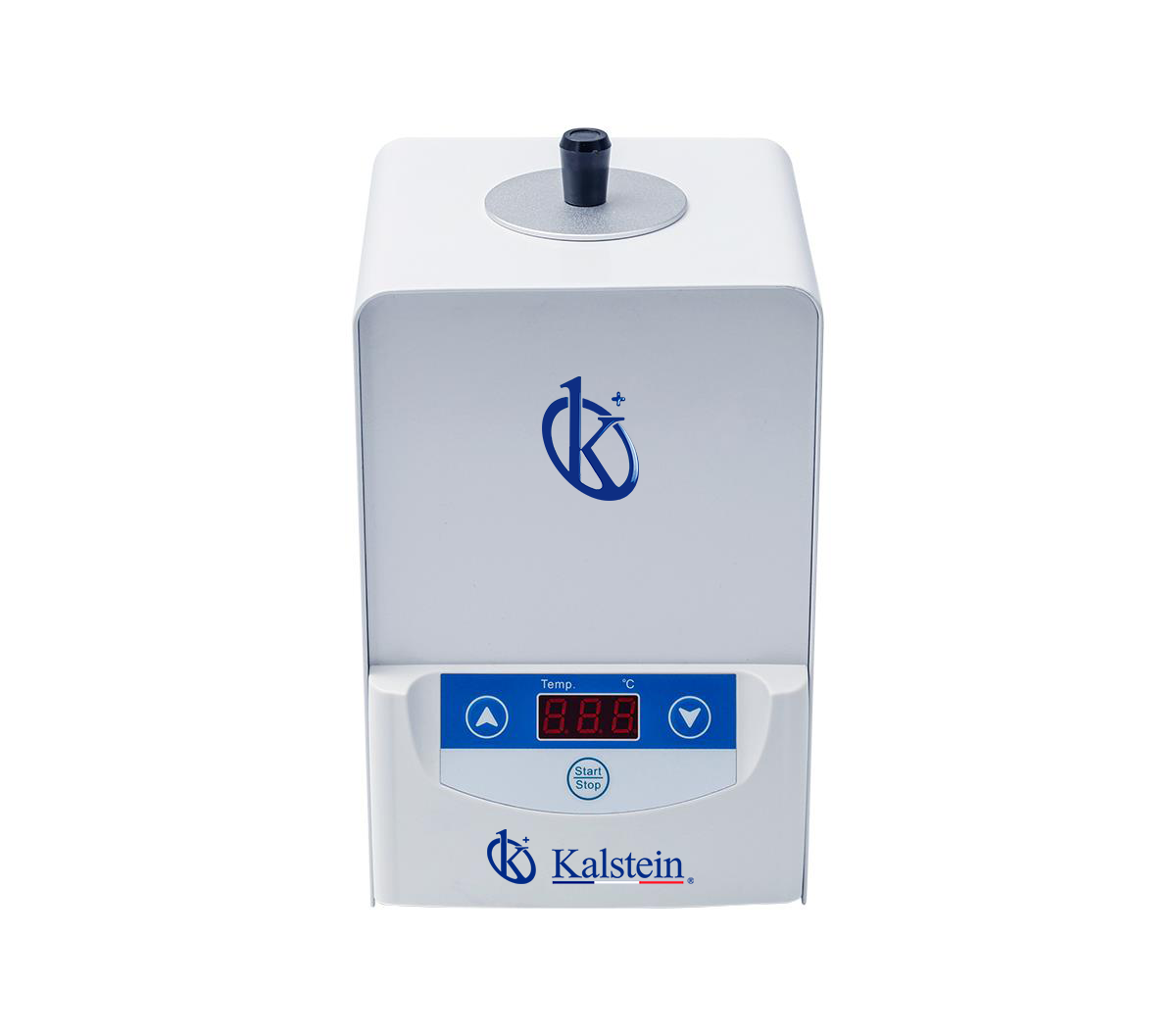Sterilization is a cornerstone of laboratory work, ensuring that all equipment and instruments are free of contaminants. In this article, we delve into a comparative analysis of two popular glass bead sterilizers in the market: the Kalstein Glass Bead Sterilizer YR05327 and the Boekel Scientific Glass Bead Sterilizer 3540. Both models provide efficient sterilization options for various laboratory settings, but with distinct features and benefits that cater to different needs.
The Kalstein Glass Bead Sterilizer YR05327 is a compact, user-friendly device characterized by its rapid heating and consistent sterilization performance. On the other hand, the Boekel Scientific Glass Bead Sterilizer 3540 is renowned for its durability and high-temperature sterilization capacity.
Specifications Comparison
| Feature | Kalstein Glass Bead Sterilizer YR05327 | Boekel Scientific Glass Bead Sterilizer 3540 |
|---|---|---|
| Heating Time | Rapid, achieving 300°C in minutes | Moderate, requires preheating period |
| Temperature Control | Auto-regulated for consistent temperature | Adjustable thermostat settings |
| Design | Compact and lightweight | Robust and heavy-duty |
| Capacity | Variable, supports different instrument sizes | Designed for medium to large instruments |
| Price Range | Competitive pricing available on request | Higher initial investment |
How They Work
The principle behind both sterilizers revolves around the use of glass beads, which are heated to high temperatures to sterilize medical and laboratory instruments. The Kalstein YR05327 heats rapidly to a stable temperature, providing swift and efficient sterilization suitable for time-sensitive tasks. Its automatic temperature control ensures reliability. Conversely, the Boekel 3540 offers manual temperature adjustments, giving users control over precise heating levels, ideal for specialized sterilization needs.
What It’s For
The Kalstein Glass Bead Sterilizer YR05327 is perfect for laboratories needing a quick and versatile sterilization method. Its application spans across scientific research labs, dental offices, and medical environments where swift instrument turnover is crucial. Its portability makes it convenient for labs with spatial constraints or those requiring equipment mobility.
Types
Glass bead sterilizers are predominantly organized by variations in capacity and technology. Some models prioritize compact design and high mobility, like the Kalstein YR05327, while others, such as the Boekel 3540, emphasize temperature customization and heavier build for extensive use. Choosing the right type depends largely on the specific demands of your laboratory procedures.
Market Price
The price of glass bead sterilizers varies depending on the brand, features, and capacity. The Kalstein Glass Bead Sterilizer YR05327 is priced competitively, offering great value for laboratories looking for high performance without a hefty price tag. On the other hand, the Boekel Scientific 3540, while more expensive, offers durability and robustness that justify its cost for users requiring these features.
Frequently Asked Questions
How long does it take for the sterilizer to heat up?
The Kalstein YR05327 offers rapid heating, reaching operating temperature in mere minutes, while the Boekel 3540 requires an initial preheat.
Can the temperature be adjusted?
The YR05327 provides automatic temperature regulation, perfect for standardized tasks, whereas the Boekel 3540 allows manual adjustments for specialized needs.
What types of instruments can be sterilized?
Both sterilizers can accommodate a variety of instrument sizes, but the capacity should be considered when choosing based on instrument dimensions.
Advantages and Disadvantages
Advantages of Kalstein YR05327:
- Fast and efficient heating speeds.
- Compact and easily portable.
- Automatic temperature regulation ensures consistency.
- Cost-effective in comparison to high-end models.
Disadvantages of Kalstein YR05327:
- Capacity may be limited for larger instruments.
Advantages of Boekel 3540:
- Adjustable temperature settings for tailored use.
- Sturdy construction.
Disadvantages of Boekel 3540:
- Higher price point.
- Slower heating time compared to some competitors.
Product Usage in the Field
In practical laboratory settings, the Kalstein Glass Bead Sterilizer YR05327 excels due to its portability and rapid use, allowing adapters between multiple lab stations or quick sterilization cycles. It’s particularly beneficial in environments like veterinary clinics and small-scale research labs where every minute counts. The Boekel model, while more suited for labs demanding a continuous, high-power solution, is often better for stationary use given its bulkier design.
Recommendations
For optimal use and longevity, regularly clean the sterilizer’s inner chamber and ensure that the glass beads are free from dust and debris. Regular maintenance checks on temperature accuracy will help in maintaining sterile efficiency. Selecting Kalstein’s model is advisable for those who need speedy operations and cost-effective investments.
If you’re looking for a fusion of innovation and quality, you’ve come to the right place. At Kalstein, we offer you the luxury of exploring our exclusive range of laboratory equipment. Each piece of equipment is crafted with a level of excellence. Our intuitive and agile online shopping channels are designed for your convenience, ensuring the most budget-friendly prices. Don’t hesitate any longer, we bring science to life, it’s time to join our community. https://kalstein.it/product/glass-bead-sterilizer-yr05327/.

